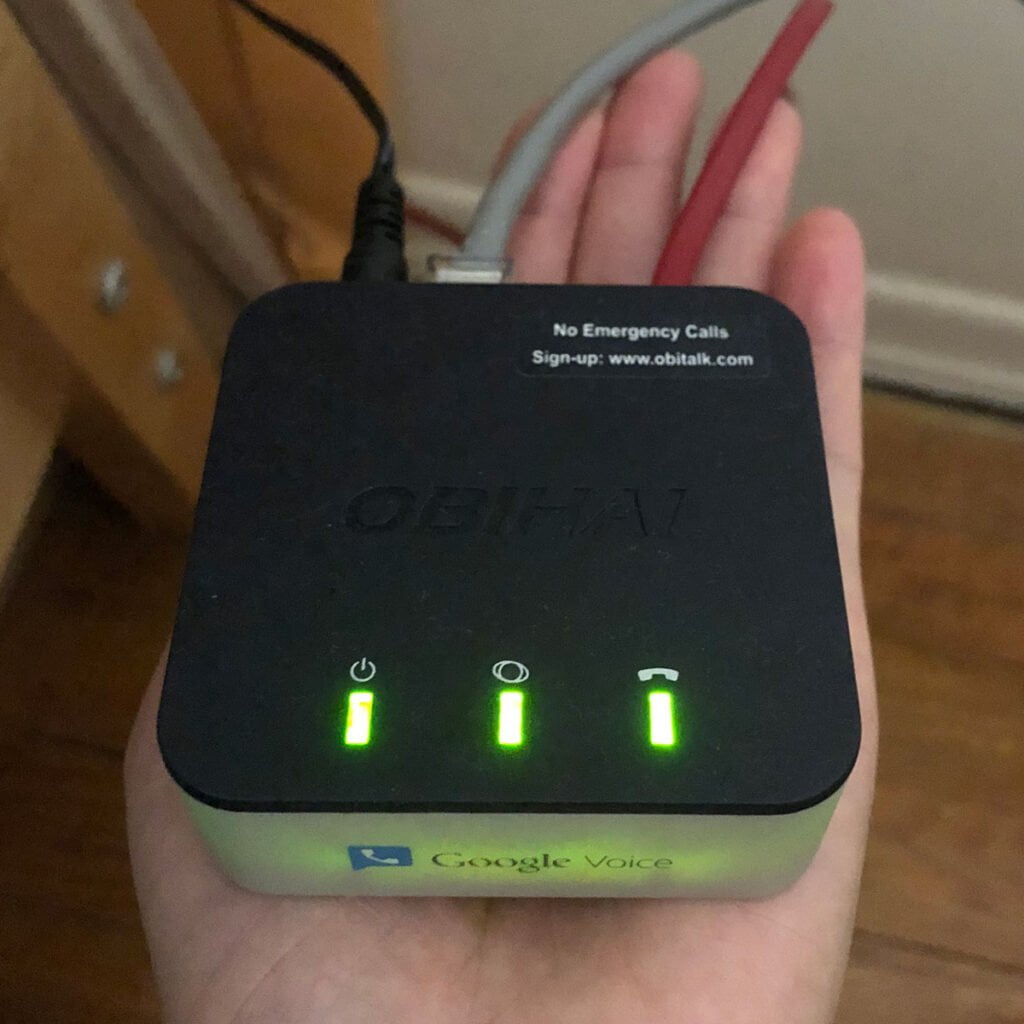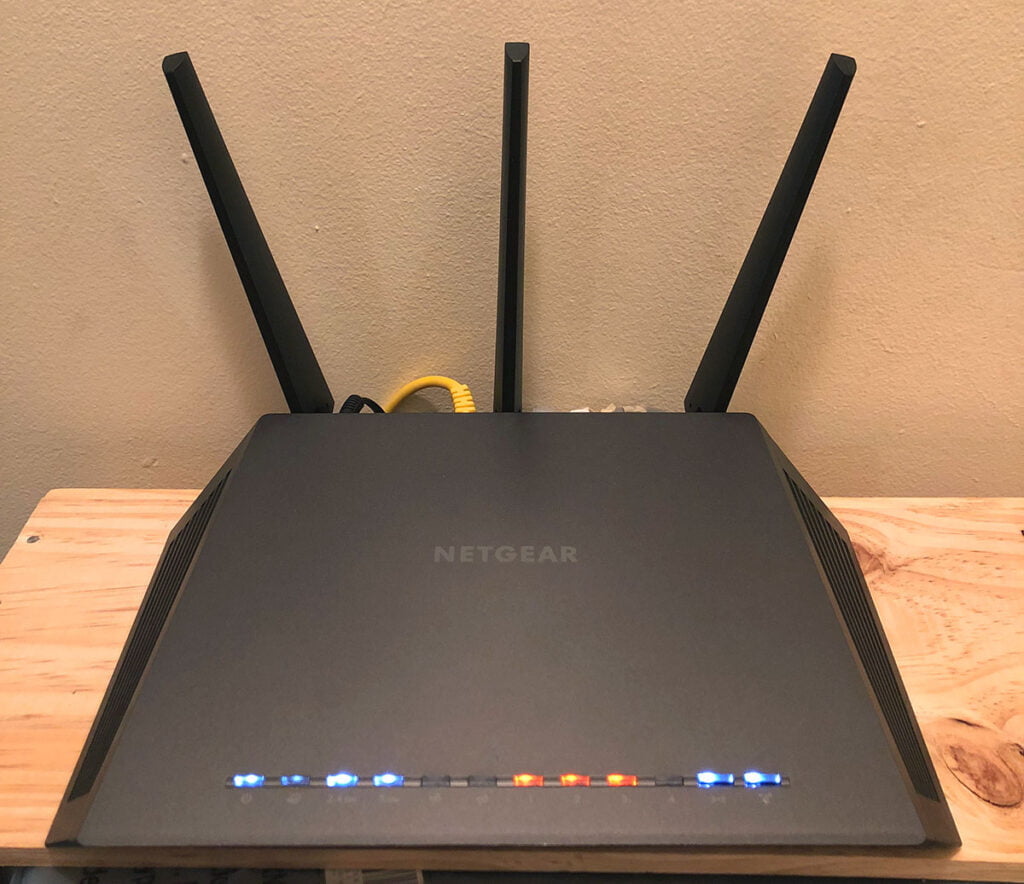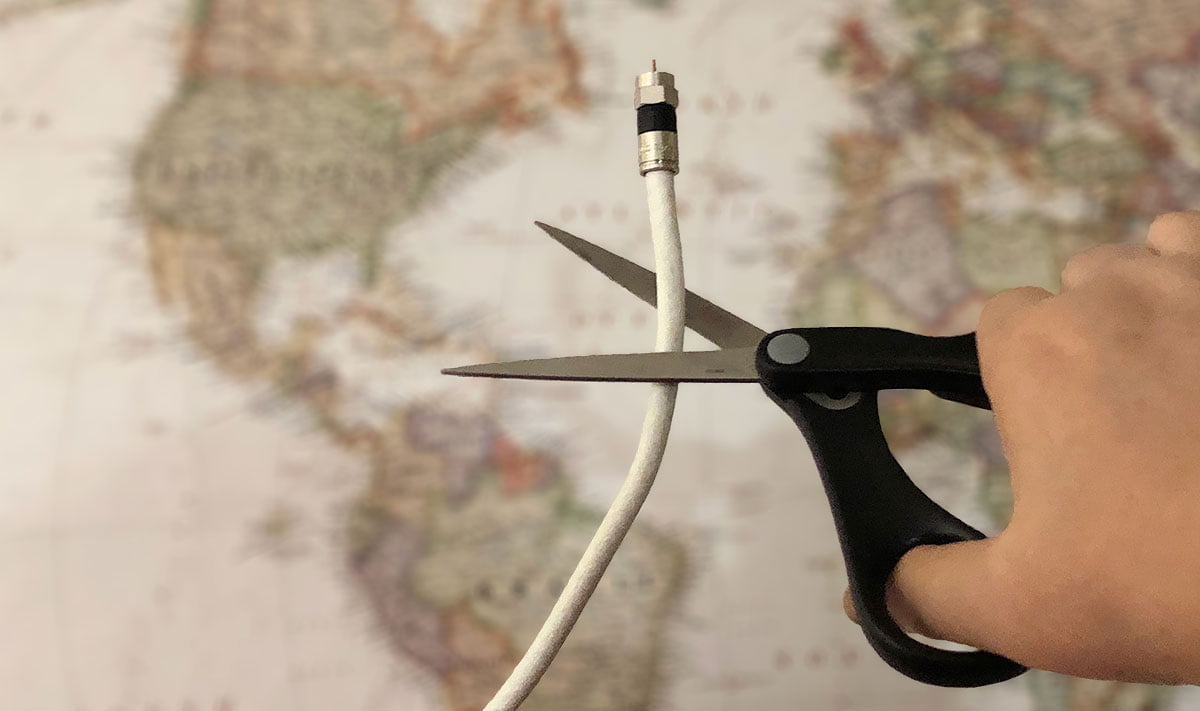One of the things I wished I could have done before I left for my multi-year trip was cancel some of my many recurring bills and subscriptions. On the top of that list was cutting the cable cord.
Cancel unnecessary subscriptions before you go on yearlong trips
Some of the subscriptions were easier to cancel than others. For example, I cancelled Spotify when I stayed on Christmas Island where there is no data signal once you leave your accommodation. At the time, my phone had ran out of storage for downloaded music and there was no signal on the island to stream any music on the go.
When I realized I simply didn’t have time to read the news like I used to, I said goodbye to my NYTimes subscription. I had swapped the 2+ hour daily MTA train rides for more scenic commutes where my phone was constantly switched on to the camera. When I did have a moment to sit and unwind, I much preferred to write journals and reflect on my days than read another article about Trump.
The divorce with cable
The one cord I wasn’t able to cut successfully was my cable internet and home phone bill. Yes, I still had a home phone number ☎️. My mom insisted on keeping it because she wanted our relatives to be able to reach us through a landline. I guess there’s some logic in that 🤷♀️.
When I was in Indonesia, my mom called me one day to complain that our internet wasn’t working. She had returned from an overseas trip and it hadn’t worked since she had been home. I had to call Optimum, our cable company, to troubleshoot our internet issues from halfway across the world.
I found out that the internet had stopped working for a month because our cable box was too old. Despite the length of interruption, Optimum refused to reimburse the full amount because I was “renting” their cable box.
“Renting” routers = money down the drain
Did you know that cable/internet companies lease routers to customers for ~$10/month which ends up being a whopping $120/year? Multiply that by 3-5 years and you could have gotten yourself a state-of-the-art router. On Ebay, it costs less than $50 to buy the same exact router Optimum was renting me.
This revelation irked me. But there was hardly anything I could do while traveling. So I continued to pay for expensive internet + phone service, including $10 per month to lease a shitty router.
Now that I’m back home, I’m happy to announce that I’ve finally cut the cord! For various reasons, I decided that it was best to keep my home phone number. I wanted to find a solution to keep my number without paying a monthly bill.
The best option was Google Voice. There are other alternatives like magicJack. But for me, it was a matter of finding the cheapest way to keep my number. It wasn’t an easy process. So this post is to guide you through the steps if you also have a home phone number you can’t part with.
Get Google Voice before you travel abroad
For any expats and world travelers from the states, I can’t recommend Google Voice enough. It’s an indispensable free phone service which allows users to have a US number to make free internet calls to anywhere in the states. I used it extensively to call a myriad of US-based companies (like Optimum). If your bank allows it, you can even use Google Voice as your authentication number instead of your mobile number. This was super helpful when I had to swap out my US sim for a country specific sim card.
Porting your number to Google Voice
You can port mobile numbers to Google Voice for a one-time fee of $20. The process takes about a day.
For landlines, you’ll first need to port out your landline number to a mobile company. There are many options out there and a bunch of articles with extensive instructions have been written. So I’ll keep mine short.
How to cheaply port a landline to a mobile company
I chose to port my number to Ting, a subsidiary of Tmobile. It costs $1 to have a sim card Fedex’d directly to me. Because I only wanted to use Ting as a bridge to port my number to Google, I chose the cheapest $10 pay-as-you-go plan which doesn’t include any data (price current at time of writing, 2021).
I started the port on August 30. Contrary to many instructions previously written on the web, there is a pin number to port out from Optimum/Cablevision. It’s the pin that you selected for authentication purposes (the same one you use to verify your identity whenever you call Optimum for service). My original port request was rejected because I didn’t supply this pin.
2+ weeks later…Troubleshooting the port
The porting process of a landline should take about a week, but my porting process took over two weeks. I finally received an email from Ting that the number successfully ported on Sept 14. When I called my number to test it though, my home line rang instead of the mobile in which I loaded the Ting sim.
I called Ting to troubleshoot and they said it should have only taken a couple of hours for incoming/outgoing calls to work. The rep felt bad about all the holdups and credited my account $25. This made the total cost of the port $1. I only had to pay for the sim card. 😆
The next day, I checked again and the port finally went through. Make sure to check that everything works: incoming/outgoing calls, text messages sent and received. After the port-out process, I called Optimum to make sure the phone service is cancelled. The rep I spoke to said I didn’t even need to call. As soon as you port out, the phone service is automatically removed from billing.
I waited about a week just in case there were any more kinks that needed to be ironed out on the backend before I started the port-out process from Ting to Google Voice. Exactly 24 hours after I began the port to Google Voice, Google sent an email to alert me that the port had completed successfully.
Integrating Google Voice with your existing home phone system
Now that my number was successfully ported out, I needed a way for my home phone system to work with Google Voice. After a bit of research, I learned that OBiTalk was the solution.
For a one-time fee, the cost of purchasing an OBi device, you can receive Google Voice calls through your home phone. Just connect the device to your router and home phone and it’ll work without any additional fees. I ordered a used OBiHai OBi200 on eBay for $39.15. You can also order a brand new one from OBiTalk directly but it costs more.

Cutting the cord of cable: switch from Optimum to Verizon Fios
Even with phone service cancelled, my cable internet bill was $57/month for Optimum 200 which means a download speed of only 200mbps. 😧 After consulting some of my savvier IT friends, I decided to switch to Verizon Fios.
Contrary to what they tell you, the cheapest plan for $39.99 which includes 300mbps is plenty of data for two people who mainly use the internet to stream Netflix.
Verizon doesn’t recommend the use of routers other than their own. (Of course they won’t because they just want your money!) Despite this, I ordered a Netgear Nighthawk AC1900 Smart WIFI Router R7000 on eBay – $34.57.

If you’re not ordering Fios TV, the Nighthawk router is a perfectly viable option.
Not sure how long this promotion will last, but if you order Verizon Fios service online, they waive the $99 initial connection setup charge.
Pro-tip: try to choose the earliest time slot available for the setup appointment. I was stupid and chose 11:30am-1:30pm. The technician ended up being so late from the morning appointment, he didn’t show up until 4pm.
If you’ve gotten this far down my post and you’re still on the fence about whether to cut the cord, this breakdown below might just help sway you.
Total cord-cutting savings: $745 in 2 years!
| Optimum cable & phone at $75/month 12x | $900 |
| Verizon Fios $39.99/month 12x | $480 |
| Netgear router one-time fee | $34.57 |
| Google Voice port & Ting sim card fees | $21 |
| OBihai OBi200 one-time fee | $39.15 |
| 1st year savings | $325.28 |
| 2nd year savings | $420 |
After using Verizon Fios for about two weeks, I can vouch that the speed of 300mbps for two adults streaming Netflix/YouTube/Spotify simultaneously is completely fine.
Join the cord-cutting movement! ✂️
